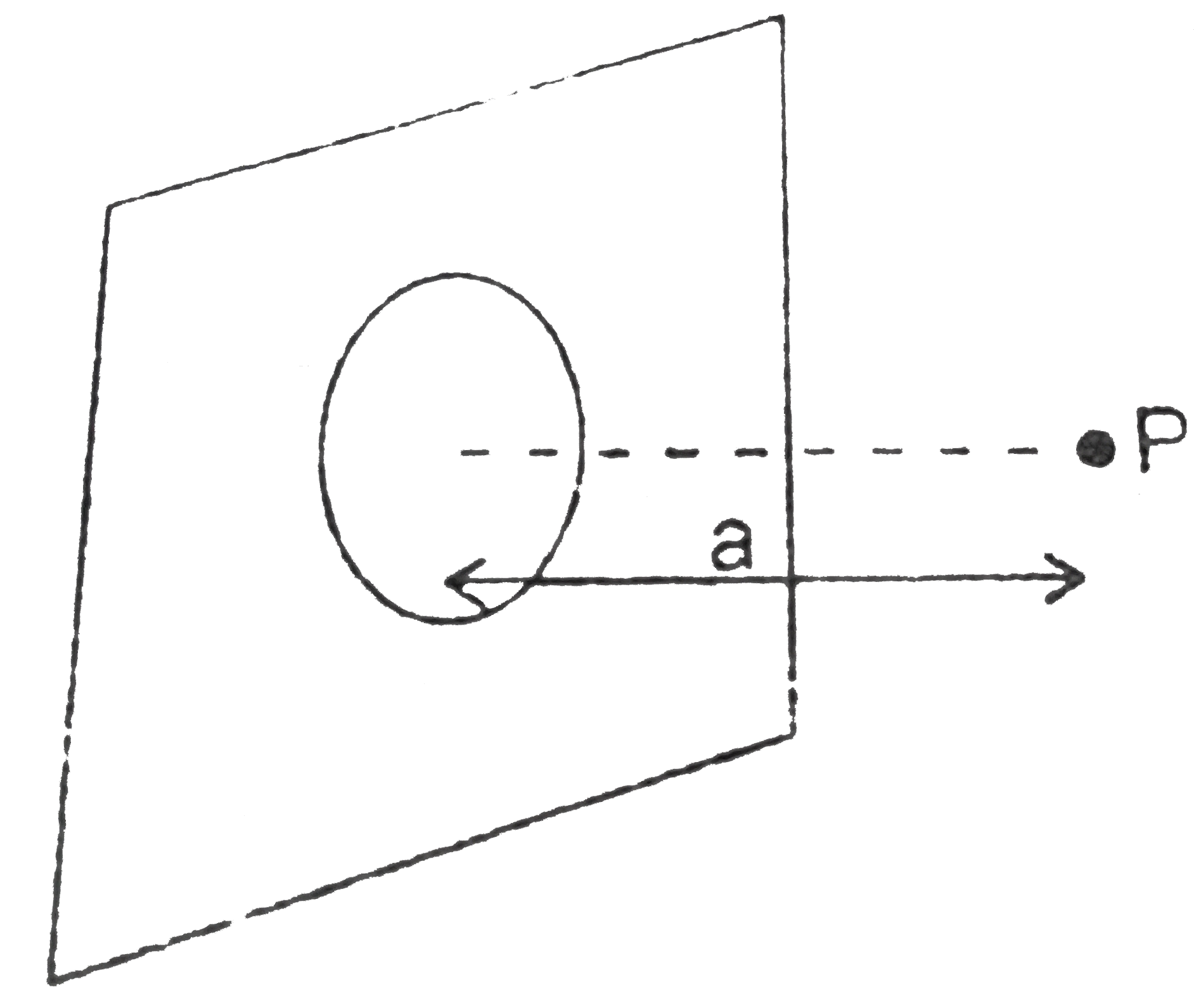Large aperture of telescope are used for
reduced spherical aberration
have high resolution
increase span of observation
have low dispersion
The correct Answer is:B
To answer the question about why large apertures of telescopes are used, we can break down the reasoning step by step.
1. Understanding Resolving Power:
- The resolving power (R) of a telescope is its ability to distinguish between two closely spaced objects. It is a crucial factor in determining how clear and detailed the images produced by the telescope will be.
2. Relationship Between Aperture and Resolving Power:
- The resolving power of a telescope is directly proportional to the diameter of the aperture (D) and inversely proportional to the wavelength of light (λ). This relationship can be expressed as:
R∝Dλ
- This means that as the diameter of the aperture increases, the resolving power also increases, provided that the wavelength of light remains constant.
3. Implications of a Larger Aperture:
- A larger aperture allows the telescope to collect more light, which not only enhances the brightness of the image but also improves the ability to resolve finer details. This is particularly important for observing distant celestial objects.
4. Conclusion:
- Therefore, the primary reason for using a large aperture in telescopes is to achieve higher resolution. This allows astronomers to observe and distinguish between objects that are very close together in the sky.
5. Evaluating Options:
- When considering the options given in the question:
- Reduce spherical aberration: This is not the correct reason for using a large aperture.
- Have higher resolution: This is the correct reason for using a large aperture.
Final Answer:
Large apertures of telescopes are used to achieve higher resolution.
---
- The resolving power (R) of a telescope is its ability to distinguish between two closely spaced objects. It is a crucial factor in determining how clear and detailed the images produced by the telescope will be.
- The resolving power of a telescope is directly proportional to the diameter of the aperture (D) and inversely proportional to the wavelength of light (λ). This relationship can be expressed as:
R∝Dλ
- This means that as the diameter of the aperture increases, the resolving power also increases, provided that the wavelength of light remains constant.
- A larger aperture allows the telescope to collect more light, which not only enhances the brightness of the image but also improves the ability to resolve finer details. This is particularly important for observing distant celestial objects.
- Therefore, the primary reason for using a large aperture in telescopes is to achieve higher resolution. This allows astronomers to observe and distinguish between objects that are very close together in the sky.
- When considering the options given in the question:
- Reduce spherical aberration: This is not the correct reason for using a large aperture.
- Have higher resolution: This is the correct reason for using a large aperture.
Large apertures of telescopes are used to achieve higher resolution.
Topper's Solved these Questions
- BOOK - ALLENCHAPTER - GEOMETRICAL OPTICSEXERCISE - EXERCISE-05 (B)35videos
GEOMETRICAL OPTICS
- BOOK - ALLENCHAPTER - GEOMETRICAL OPTICSEXERCISE - MCQ5videos
GEOMETRICAL OPTICS
- BOOK - ALLENCHAPTER - GEOMETRICAL OPTICSEXERCISE - EXERCISE-04[B]18videos
GEOMETRICAL OPTICS
- BOOK - ALLENCHAPTER - CURRENT ELECTRICITYEXERCISE - EX.II66videos
CURRENT ELECTRICITY
- BOOK - ALLENCHAPTER - GRAVITATIONEXERCISE - EXERCISE 49videos
GRAVITATION
Similar Questions
Knowledge Check
- Question 1 - Select One
A reflecting type telescope has a large concave spherical mirror of radius of curvature 80cm as objective. What is the magnifying power of telescope if eye piece used has a focal length of 1.6cm ?
A100B50C25D5
An infinitely large non-conducting plane of uniform surface charge density σ has circular aperture of certain radius carved out from it. The electric field at a point which is at a distance 'a' from the centre of the aperture (perpendicular to the plane) is σ2√2∈0. Find the radius of aperture :
 View Solution
View SolutionIf aperture diameter of telescope is 10m and distance Moon and Earth is 4×105Km. With wavelength of lightis 5500Å. The minimum separation between objects on surface of Moon, so that they are just resolved is close to :
View SolutionIf aperture diameter of telescope is 10m and distance Moon and Earth is 4×105Km. With wavelength of lightis 5500Å. The minimum separation between objects on surface of Moon, so that they are just resolved is close to :
View SolutionA perfectly reflecting solid hemisphere of radius R is placed in the path of a parallel beam of light of large aperture. If the beam carrries an intensity l, find the force exerted by the beam on the hemisphere.
View SolutionThe aperture and focal length of the objective of telescope are large, why?
View SolutionThe aperture of the objective lens of a telescope is made large so as to
View SolutionWhy should the objective of a telescope have focal length and large apearture ? Justify your answer .
View Solution

